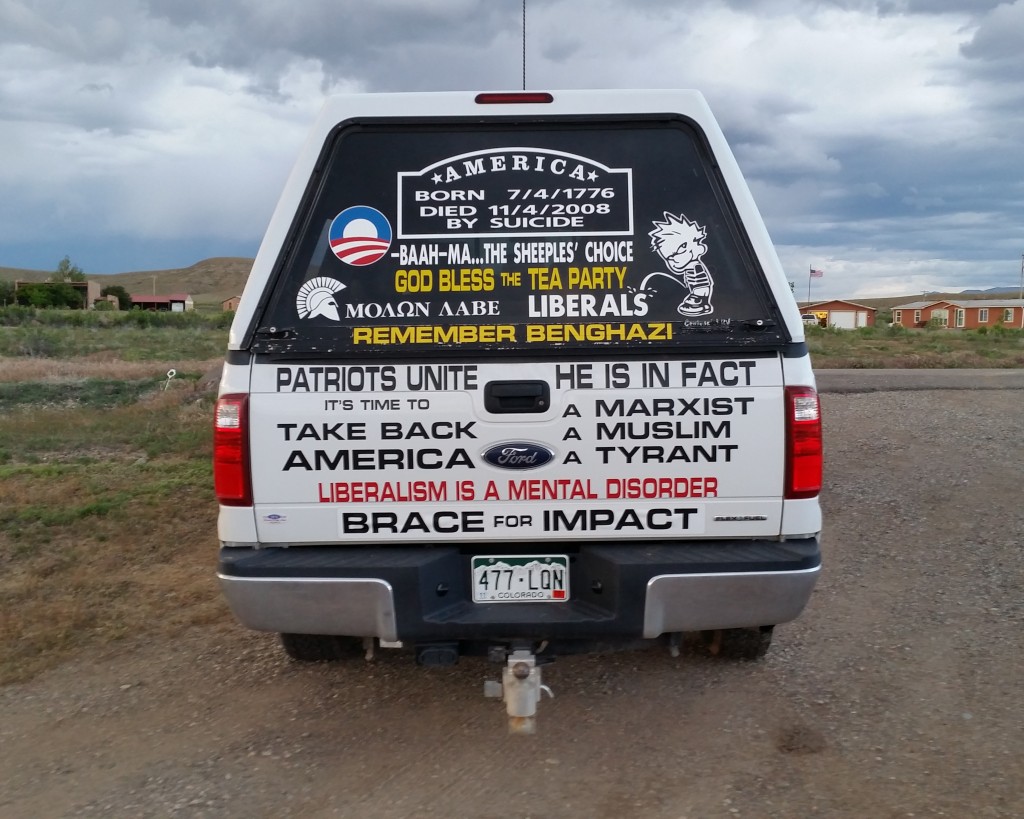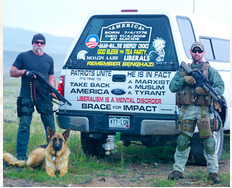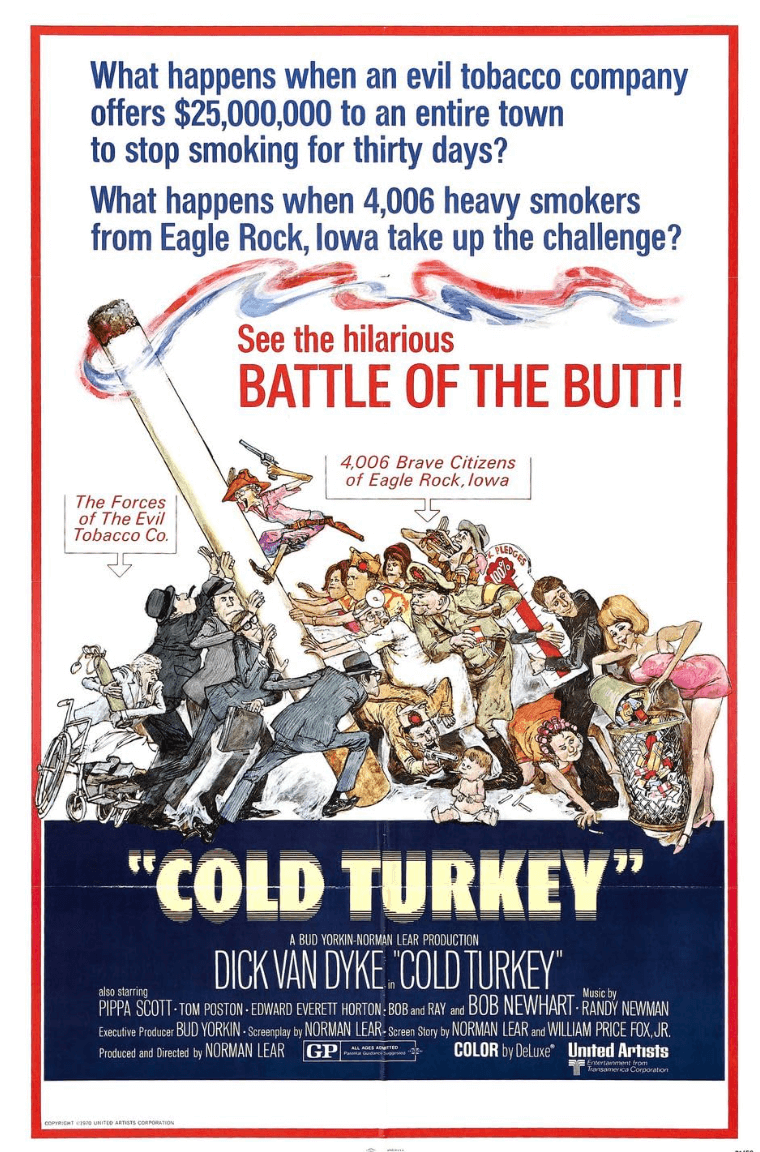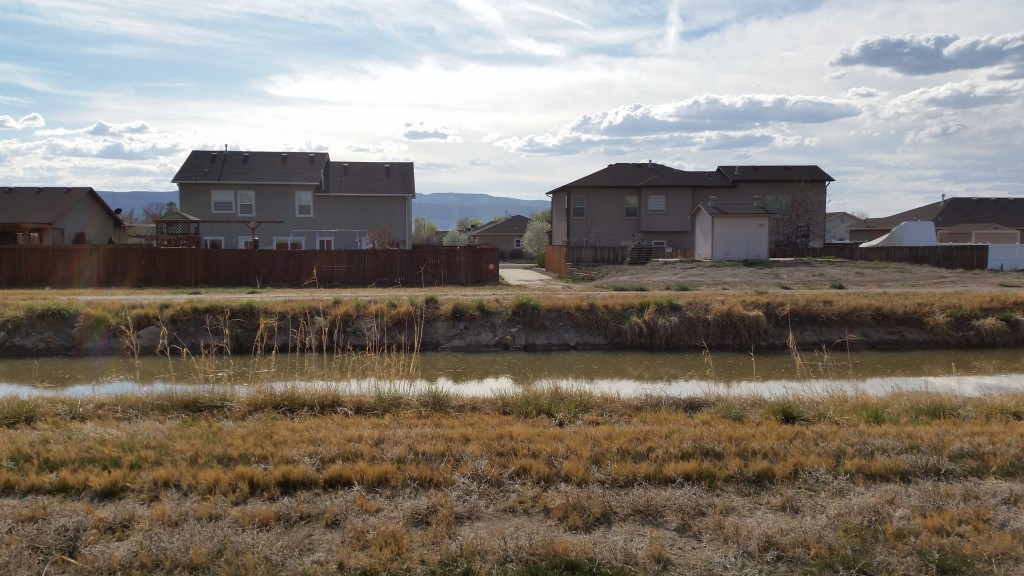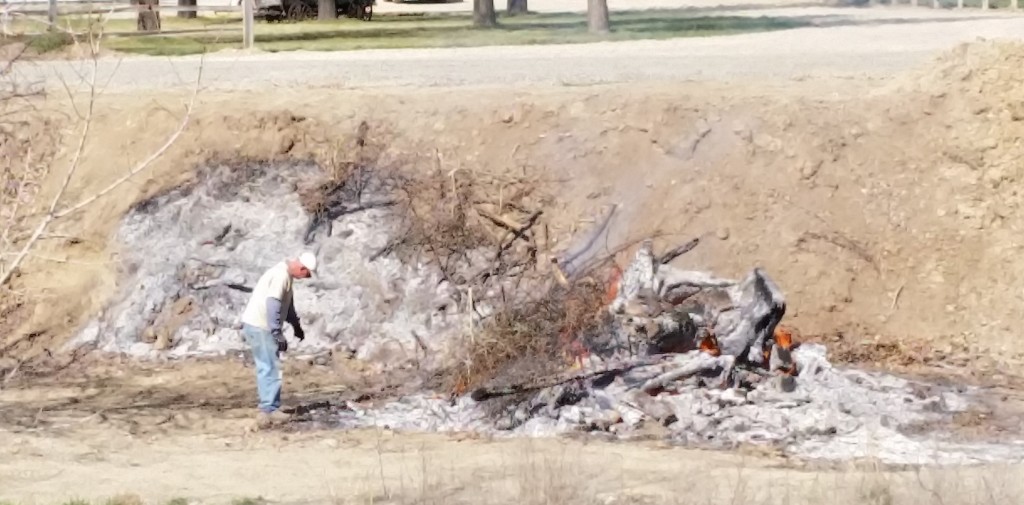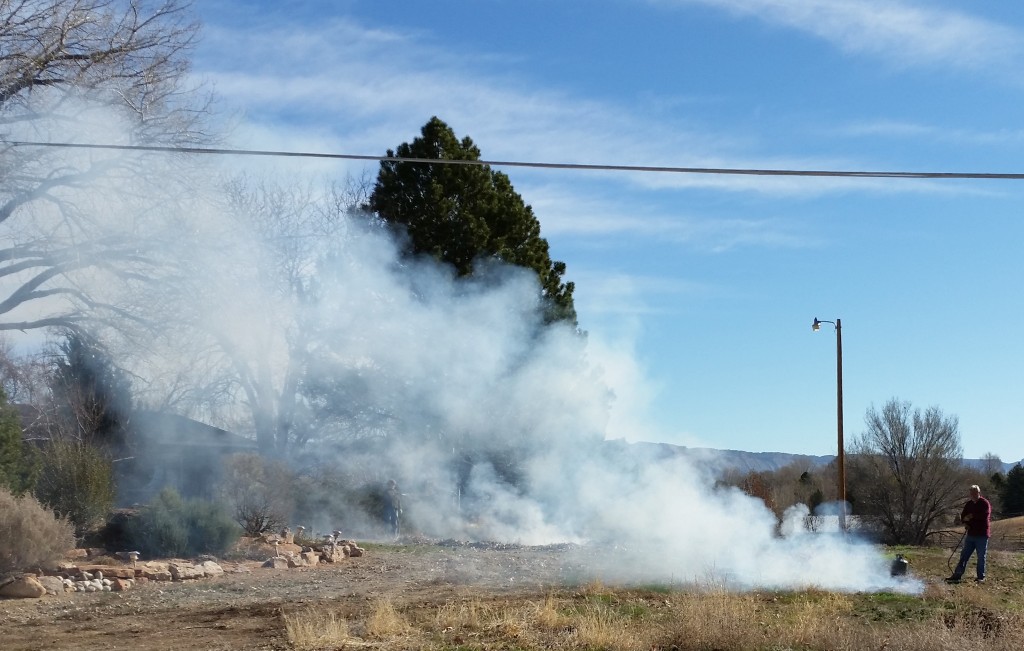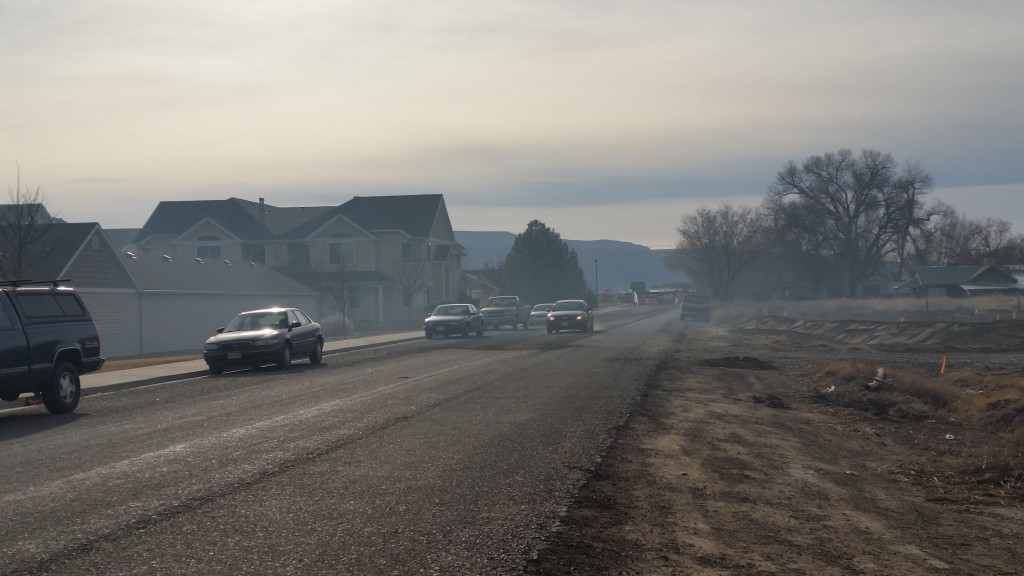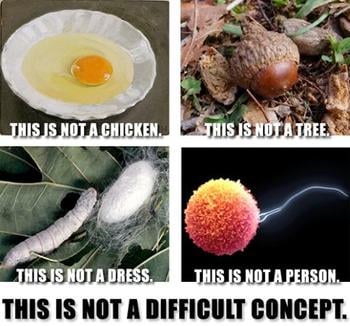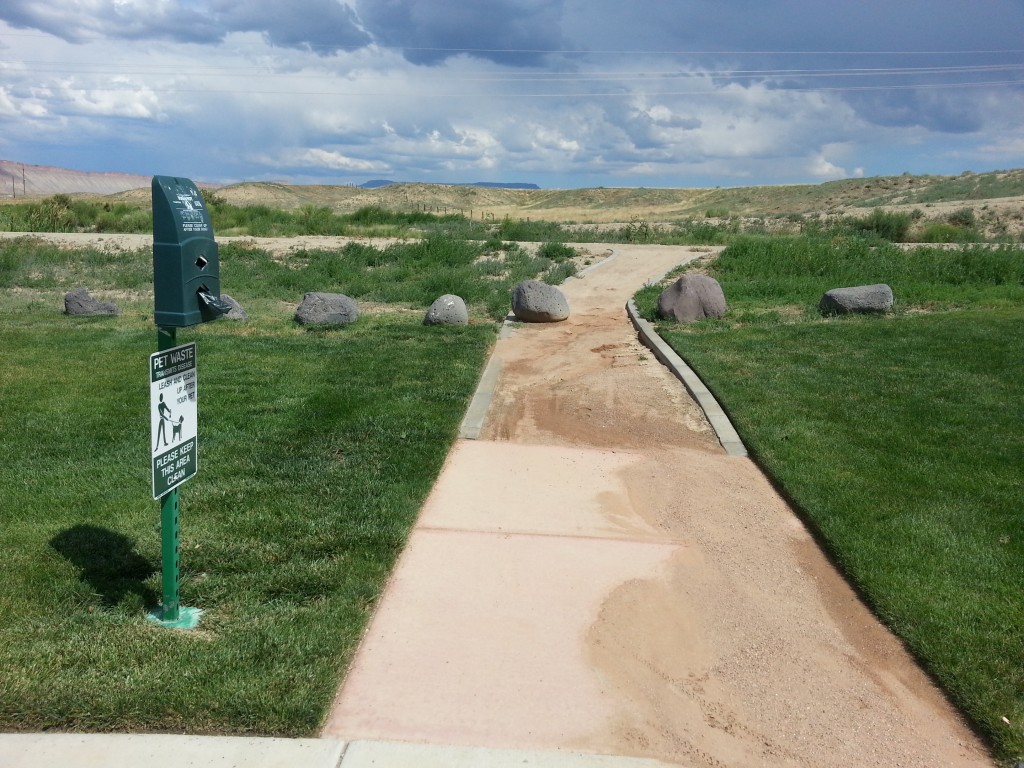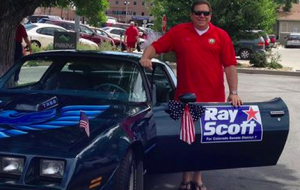As the feds mull hate crime charges against Dylann Roof, the shooter in the June 17 massacre at a historic black South Carolina church, the presence of hatred, bigotry and intolerance is growing more evident in and around Grand Junction every day, and it’s not a comforting sight.
Remember this hate-filled, wing-nut truck spotted in Whitewater a few weeks ago?
The truck belongs to a local guy named “Marc” who operates a business that manufactures fake fiberglass rocks sized and shaped specifically to hide an arsenal of firearms. Marc designed the rocks to hide rifles, in particular an M4 carbine semi-automatic rifle, and according to his e-commerce website, “a butt load of ammunition.” Marc’s fake rocks come with a pocket-sized copy of the U.S. Constitution, and they sell for $925 each. Marc also makes fake, hollowed-out tree stumps designed to hide small arms, like pistols.
The front page of Marc’s e-commerce website bears a threatening “WARNING” to all potential customers. He writes,
If you…
- Are a liberal or in anyway support the willful destruction of America by this [Obama] regime or…
- Refuse to recognize that this “shining city on the hill” was founded on Christian principles or…
- Regard English as your “second language” and are content to let it remain as such…
DO NOT EVEN CONSIDER PURCHASING MY PRODUCT! [MY PRODUCTS] ARE HANDCRAFTED BY PATRIOTS FOR PATRIOTS!
So right up front as part of his business plan, Marc parades his paranoia and intolerance of people with differing political opinions, religions and nationalities. Below is a photo taken from Marc’s fake rock website, showing Marc and a friend, armed to the teeth with powerful weapons, posing along side the truck he has splattered with paranoid messages.
What’s really troubling is that Marc is not an anomaly in the Grand Junction area. He is one of a growing number of Mesa County business owners who are “out” about the hatred and disgust they harbor towards area residents who are different from them. They revile, condemn and insult ethnic minorities, political progressives, women, people of other nationalities and religions, and people of no religion — in short, anyone who differs from them in their beliefs, physical appearance or cultural background.

